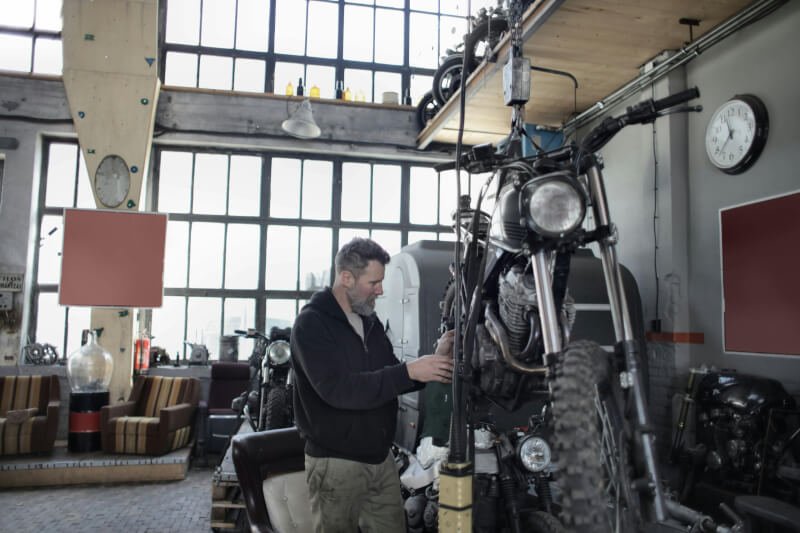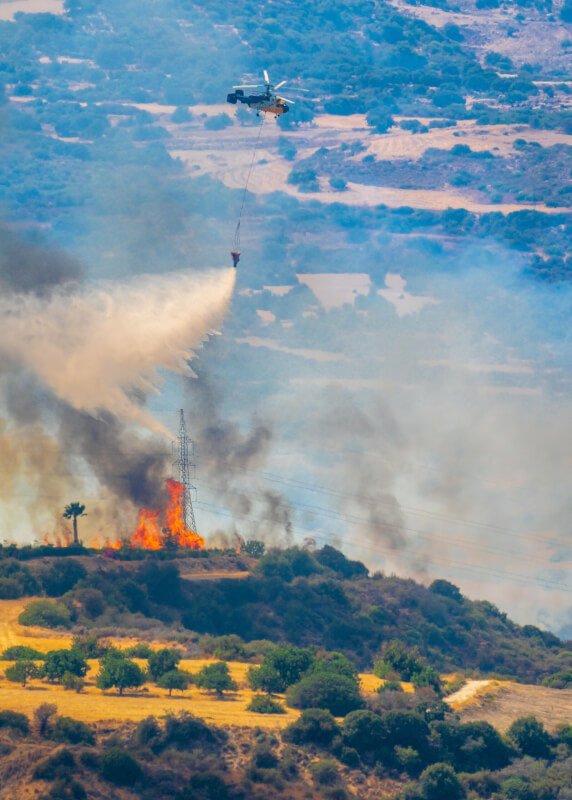Welcome to “The Ultimate Guide To RC Helicopters”! In this comprehensive article, you will learn everything you need to know about remote control helicopters. From choosing the right model for your skill level to mastering flying techniques, this guide will help you become a pro in no time. Get ready to soar to new heights with your RC helicopter knowledge! Have you ever been fascinated by the idea of flying a helicopter but thought it was out of reach? Well, fear not, because with RC helicopters, you can experience the thrill of flying your own helicopter right in the palm of your hands! Whether you’re a beginner looking to get started or an experienced pilot looking to take your skills to the next level, this ultimate guide to RC helicopters has got you covered. So buckle up and get ready to soar to new heights!
Getting Started With RC Helicopters
Getting started with RC helicopters can be an exciting and rewarding experience. However, it’s important to start with the basics to ensure a smooth takeoff. From selecting the right helicopter to understanding the controls, this section will guide you through the initial steps of your RC helicopter journey.
Selecting the Right RC Helicopter
Before you take flight, it’s important to choose the right RC helicopter that suits your skill level and interests. Beginners should start with a simple, easy-to-fly model such as a coaxial helicopter, while more experienced pilots may prefer a collective pitch helicopter for advanced maneuvers.
Understanding the Controls
Once you have your RC helicopter in hand, it’s time to familiarize yourself with the controls. The primary controls of an RC helicopter include throttle, pitch, yaw, and roll. Understanding how each control affects the helicopter’s movement is essential for successful flying.
Building and Maintaining Your RC Helicopter
Building and maintaining your RC helicopter is an important aspect of the hobby that can enhance your overall experience. From assembling your helicopter kit to performing routine maintenance, this section will provide you with the necessary information to keep your helicopter in top condition.
Assembling Your Helicopter Kit
If you’ve opted for a kit-based RC helicopter, assembling the components can be a rewarding experience. Follow the manufacturer’s instructions carefully and take your time to ensure everything is assembled correctly. Remember, a well-built helicopter is key to successful flights.
Performing Routine Maintenance
Like any other machine, RC helicopters require regular maintenance to keep them in optimal condition. Check for loose screws, damaged parts, and worn-out components after each flight. Performing routine maintenance will not only prolong the lifespan of your helicopter but also ensure safe and reliable operation.

Learning to Fly Your RC Helicopter
Learning to fly an RC helicopter is a skill that takes time and practice to master. From basic hovering to advanced aerobatics, this section will provide you with tips and techniques to improve your flying skills and become a confident pilot.
Basic Flying Techniques
Start by mastering the basics of RC helicopter flight, such as hovering, forward flight, and turning. Practice these maneuvers in a controlled environment with plenty of open space to avoid any obstacles. Remember, patience is key, so take your time to get comfortable with each control.
Advanced Maneuvers
Once you’ve mastered the basic flying techniques, you can move on to more advanced maneuvers such as loops, rolls, and inverted flight. These maneuvers require precision control and quick reflexes, so practice regularly to hone your skills. Joining a local RC flying club or online community can also provide valuable tips and support from experienced pilots.
Choosing the Right Accessories for Your RC Helicopter
To enhance your flying experience and customize your RC helicopter, you may want to consider investing in various accessories. From upgraded components to essential tools, this section will help you choose the right accessories to improve your helicopter’s performance and appearance.
Upgrading Components
Upgrading components such as motors, servos, and batteries can significantly improve your RC helicopter’s performance. Choose high-quality components from reputable manufacturers to ensure compatibility and reliability. Upgrading your helicopter can also help you achieve better flight times and more precise control.
Essential Tools
Having the right tools on hand is essential for building, maintaining, and repairing your RC helicopter. Basic tools such as screwdrivers, pliers, and hex wrenches are necessary for assembly and routine maintenance. Investing in a good quality toolbox will keep your tools organized and easily accessible when needed.

Troubleshooting Common Issues
Even the most experienced pilots encounter issues with their RC helicopters from time to time. From flight control problems to mechanical failures, this section will help you diagnose and troubleshoot common issues to get your helicopter back in the air in no time.
Flight Control Problems
If you’re experiencing issues with flight control, such as drifting, erratic movements, or unresponsive controls, it could be due to a variety of factors. Check for loose connections, damaged components, or incorrect settings on your transmitter. Calibrating your helicopter’s controls and making adjustments as needed can help resolve these issues.
Mechanical Failures
Mechanical failures such as motor burnout, gear stripping, or frame damage can occur during flight or crashes. Inspect your helicopter carefully for any signs of damage and replace any broken or worn-out components. Regularly inspecting and maintaining your helicopter can help prevent mechanical failures and ensure safe flights.
Safety Tips for Flying Your RC Helicopter
Safety should always be a top priority when flying RC helicopters to avoid accidents and injuries. From selecting a suitable flying location to following proper flying etiquette, this section will provide you with essential safety tips to ensure a safe and enjoyable flying experience.
Selecting a Safe Flying Location
Choose a flying location that is free of obstacles, crowds, and interference to avoid accidents and collisions. Open fields, parks, and RC flying clubs are ideal locations for flying RC helicopters. Avoid flying near power lines, buildings, or congested areas to prevent damage to your helicopter and ensure the safety of others.
Following Proper Flying Etiquette
When flying your RC helicopter, be mindful of other pilots and spectators in the area. Always yield to other pilots and maintain a safe distance to avoid mid-air collisions. Respect any flying restrictions or guidelines set by the flying club or local authorities. Flying responsibly will help create a positive flying environment for everyone.

Conclusion
Congratulations on making it through the ultimate guide to RC helicopters! Whether you’re just starting out or looking to take your flying skills to new heights, this guide has provided you with the information you need to succeed in the exciting world of RC helicopters. Remember to practice regularly, stay safe, and most importantly, have fun soaring through the skies with your very own RC helicopter. Happy flying!


